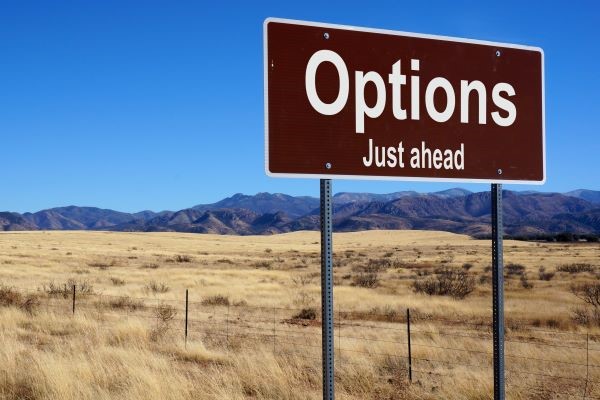- November 13, 2023
- Posted by: Carter Davis
- Category: Forgiveness Information

In the past few months leading up to the return to repayment, student loan borrowers have seen several new benefits to help reduce the cost of student loan repayment and increase student loan forgiveness. Now, the U.S. Department of Education is pushing for more targeted forgiveness benefits, which could make some borrowers eligible for forgiveness based on their unique or uncommon circumstances.
Taking a look at what’s happened in the past few months, several benefits have been implemented to either lower student loan payments or decrease the time to forgiveness.
- The latest income based program that came out 8/1/2023 has allowed more than 5.5 million borrowers to decrease their monthly payments since its release. Many of our clients have seen their payments drop to $0 per month.
- The new Fresh Start program has allowed many student loan borrowers to take their defaulted loans out of default and therefore be eligible for an income based repayment, which is affordable in most cases. With the right application strategy and minimal annual maintenance, this can help to prevent any future default from ever occurring. This is a temporary benefit and will expire soon.
- The IDR Waiver has already resulted in millions of dollars in loan forgiveness for Hope Credit clients since August 14th, 2023. The importance of keeping your student loans in a repayment status was highlighted in this recent benefit. Of the forgiven clients we’ve seen thus far, the majority had extended periods of forbearance and repayment. This is a temporary benefit with a deadline for 12/31/2023 to consolidate.
- Public Service Loan Forgiveness (PSLF) continues to contribute to our company-wide forgiveness count, with more forgiveness letters coming every day. Although borrowers continue to face chaos when dealing with their student loan servicer, it is still possible to navigate the requirements for PSLF and gain certainty regarding your required number of months remaining to receive complete forgiveness.
Taking a look at what the 2023 Negotiated Rulemaking Committee is working on, we may see new rules that facilitate more forgiveness for more student loan borrowers for a variety of reasons as long as the proposed rules don’t trigger a lawsuit and U.S. Supreme Court challenge. These are some of the areas currently being discussed.
- Forgiving student loans based on the inability of the federal government to validate the debt: Part of the problem of the broken student loan system is the amount of lost paperwork and records that were not updated properly. We may see borrowers gain the right to request that the Department of Education prove the validity of the debt. There is estimated to be a small amount of federal student loan debt that can’t be validated by the Department of Education if the DOE were subjected to the same standard that private debt has to meet in order to be collectible.
- Forgiving student loans based on the payments that the borrower has already made: If a borrower has already made enough payments to equal the amount of the funds dispersed when the borrower originally received the loan disbursement(s), some members of the negotiated rule-making committee would like to forgive the remainder of that debt. This is basically 100% interest abatement, which is already the case for the new income driven program, and has somewhat been the case for some of the previous programs.
- Forgiving student loans based on a more generous iteration of the BDR (Borrower Defense to Repayment): Many but not all students who attended a fraudulent school are eligible to have their loans forgiven. However the forgiveness varies by circumstance. This proposed rule would make more circumstances eligible for this type of forgiveness.
- Forgiving student loans based on the the date that the borrower originally took out their first student loan: Many of the new income based programs we’ve seen in the last few years are tremendously beneficial for all student loan borrowers. But borrowers with older loans became student loan borrowers at a time when the new benefits were simply not available. Some of those older borrowers may have elevated levels of interest compounding as a result. Some of the conversation is now leaning toward forgiving some or all of those balances based on the borrower’s prolonged time in repayment with comparably limited options.
What does this mean for Hope Credit borrowers?
In the last few years, we’ve seen many Hope Credit borrowers have their entire student loan balances forgiven instantly for a variety of reasons. IDR Account Adjustment, PSLF (Public Service Loan Forgiveness), BDR (Borrower Defense to Repayment), and TPD (Total and Permanent Disability) have been the most prevalent paths by far. The recent negotiated rule-making meetings taking place in October, November, and December of 2023 are an indication of the additional types of forgiveness that could be coming in 2024 or 2025.
If the same pattern for previous types of forgiveness persists, student loan borrowers are more likely to have their loans forgiven when they are in a program. If you are unsure how to get started, take the first step and get in touch with one of our enrollment advisors by visiting HERE.
